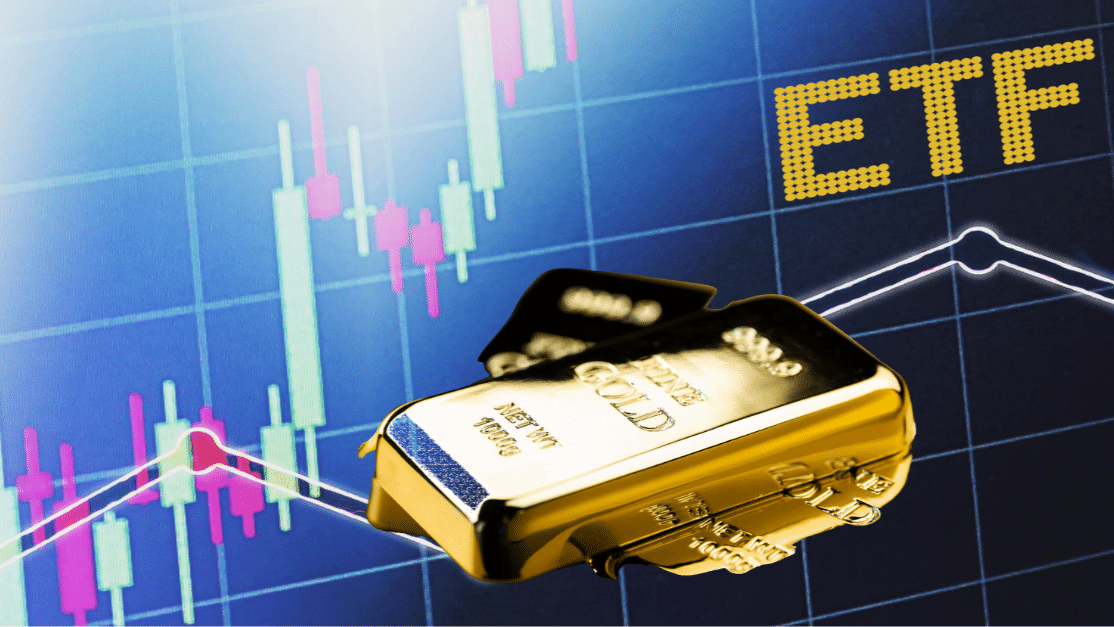Gold has always been a trusted store of wealth, especially during economic uncertainty. But many investors overlook a critical distinction: paper gold is not the same as physical gold. In fact, paper gold is an illusion. The assumption that they provide equal value is one of the biggest misconceptions in today’s market.
Paper Gold: Tracking Price, Not Value
Most gold traded today is paper gold—financial instruments like futures contracts or ETFs. These products track gold’s price but don’t provide ownership of the metal itself. At first glance, paper gold may seem like a convenient way to invest in gold, but it lacks the security and true value of physical gold.
This difference becomes critical when investors try to convert their paper claims into physical gold. The supply of physical gold is far smaller than the volume of paper claims. When too many investors seek to take delivery of gold at once, they will find that the system cannot fulfill their demand. Instead of receiving gold, they will be paid in cash, leaving them with nothing but a proxy for the real thing.
A Price Set by Paper—Until It Isn’t
Under normal circumstances, physical gold follows the price set by paper gold. But this balance is fragile. If a large number of investors seek to convert their paper holdings into physical gold, the market will hit a breaking point. Paper gold holders will discover that their claims don’t entitle them to gold, only to currency.
At that moment, paper gold will stop dictating the price. The value of physical gold will skyrocket as demand for the real metal outpaces the available supply. Investors will rush to secure actual gold, driving prices up by multiples. This shift will highlight a key truth: physical gold is the best way to own gold and secure your wealth.
Physical Gold: A Scarce and Secure Asset
Physical gold is more than just a financial instrument. It’s a tangible asset that holds real value, independent of the financial markets. Central banks, institutional investors, and individuals alike have long trusted physical gold for its ability to preserve wealth. It’s a resource with limited supply, and when demand surges, its value grows.
In times of crisis, when the demand for real assets spikes, paper gold falls short. It represents exposure to price movements, but not the metal itself. Physical gold, however, stands strong. Its limited availability and enduring demand make it the true safe haven in uncertain times.
Why Investors Must Own Physical Gold
The difference between paper and physical gold isn’t just a technicality—it’s a fundamental truth. Paper gold may work well when markets are stable, but in times of stress, it leaves investors vulnerable. When liquidity falters, those holding paper gold will receive currency, not metal. In contrast, physical gold holders will have a tangible asset in hand, one that is likely to increase in value as demand soars.
For those looking to protect and grow their wealth, owning physical gold is essential. It offers real security, not just a promise. As the market shifts and demand for physical gold rises, those holding the real asset will be the ones who benefit the most.
Physical Gold Is the True Wealth Protector
Paper gold offers convenience, but that convenience comes with risk. It tracks the price of gold but doesn’t provide the protection, security, or real ownership that physical gold does. When the paper market breaks, and investors clamor for real metal, the price of physical gold will rise to reflect its true value.
For investors seeking long-term security, physical gold is the answer. It’s not just an investment in price movements; it’s a way to own a finite, valuable resource that has withstood the test of time.
If you have any questions or would like to learn more about the advantages of owning physical gold, feel free to reach out. We’re here to help guide you through the process of securing your wealth with real, tangible assets.
Disclaimer: This article is for informational purposes only and does not constitute financial advice. Investors should perform their own research or consult a financial professional before making any investment decisions.






